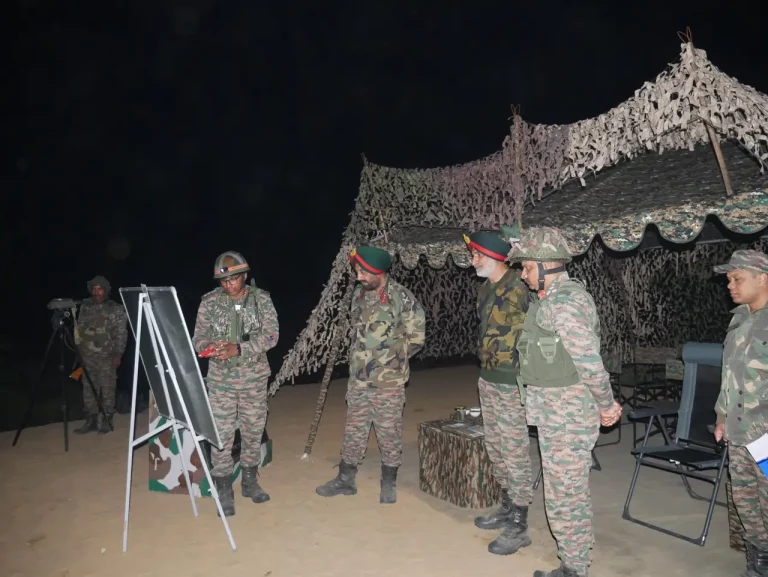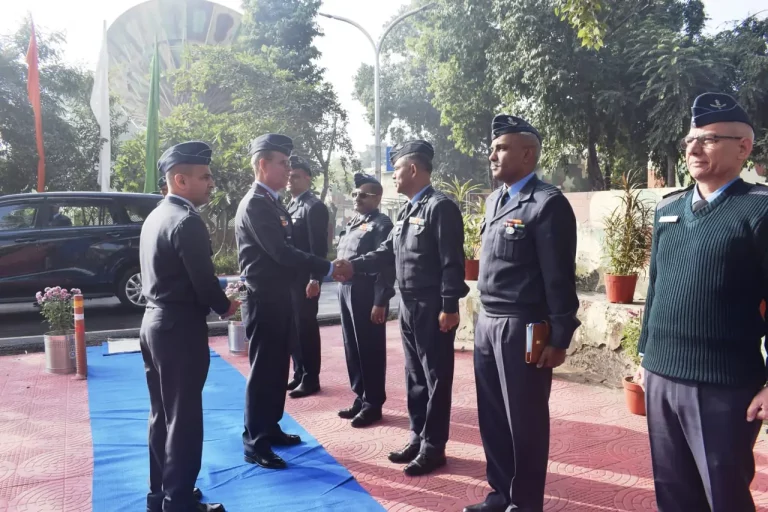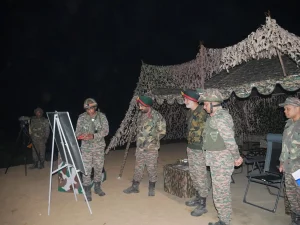The Indian Air Force (IAF) has announced a significant military exercise near the Pakistan border, set to take place on June 4. This decision follows a Notice to Airmen (NOTAM) issued earlier this week, which reserves a portion of airspace in the southern sector close to the Arabian Sea and the Rann of Kutch, approximately 100 kilometers from the international boundary.
The upcoming drill comes at a time of heightened military readiness amidst ongoing tensions between India and Pakistan, largely attributed to recent escalatory exchanges following a terror attack on April 22 in Pahalgam, Jammu and Kashmir. The attack claimed the lives of 26 civilians, leading the Indian government to point fingers at militants allegedly supported by Pakistan. In response, India launched Operation Sindoor on May 6, targeting various militant sites and military infrastructure within Pakistan and Pakistan-administered territories.
Operation Sindoor marked a strategic shift in India’s military response, moving beyond previous surgical strikes to encompass a broader set of targets, including armed forces installations. This campaign involved sophisticated weaponry, including precision-guided munitions and long-range cruise missiles, and was characterized by significant aerial maneuvers.
The scheduled exercise on June 4 follows an earlier two-day air drill, which took place on May 7 and 8 in Rajasthan, alongside a nationwide civil defense preparedness initiative. This previous exercise occurred just after the commencement of Operation Sindoor and involved extensive deployments of fighter jets, drones, and support systems. Some analysts have referred to this period of rapid exchanges—both aerial and artillery—as the “87-Hour War.”
In the backdrop of these military activities, India is believed to have deployed advanced weaponry, including BrahMos cruise missiles and aircraft like the Rafale and Su-30 MKI. Pakistan, for its part, has reportedly countered with guided rockets and drones. However, independent assessments of the damage suffered by both sides remain scarce, hampered by diplomatic tensions and restricted access to affected areas.
The specific airspace reserved for the June 4 exercise is strategically positioned near key Pakistani military installations, including PAF Base Masroor, which is located near Karachi. Security analysts suggest that this exercise serves multiple objectives: enhancing operational readiness, reinforcing deterrent strategies, and preparing for any potential counteractions from Pakistan in light of India’s recent military activities.
Despite the heightened tensions along the Line of Control (LoC) and ongoing skirmishes, Indian officials have yet to confirm any losses sustained during Operation Sindoor. Speculations regarding possible aircraft losses have surfaced but remain unverified. Meanwhile, Pakistan has initiated its military response, dubbed “Marka-e-Haq” (Battle for Justice), further escalating psychological and information warfare between the two nations.
As part of the exercise, civil aviation routes will be altered to accommodate military operations, ensuring commercial flights avoid the designated airspace. The international community is keeping a close watch on these developments, as both India and Pakistan maintain high alert statuses within their military ranks, raising concerns about potential conflict between the two nuclear-armed neighbors.
















